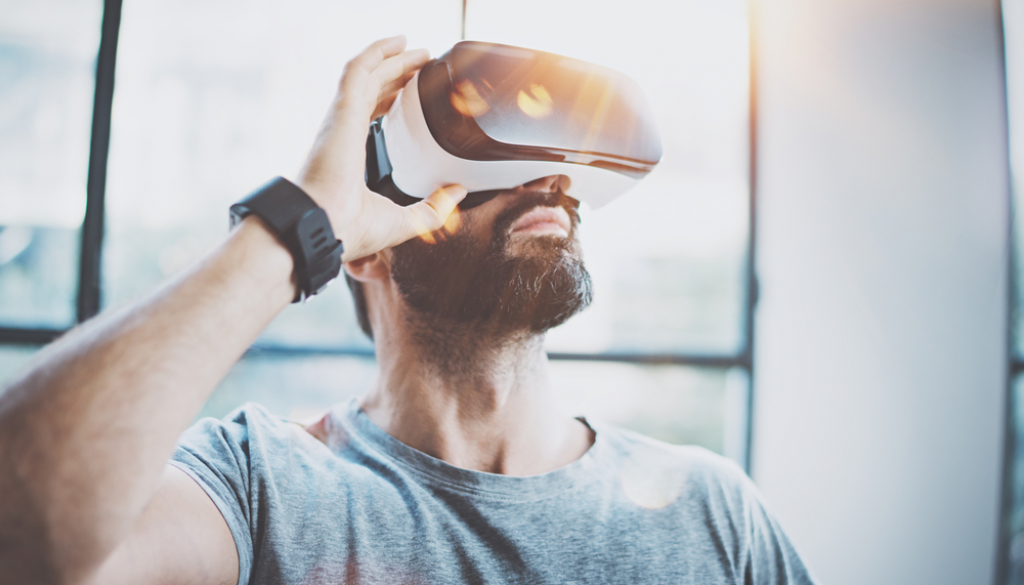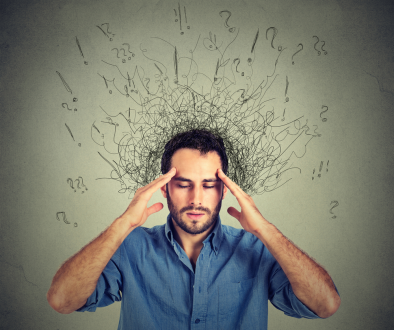Virtual reality (VR) therapy, like all telemedicine, increases access to quality, effective and affordable specialized information, care, and services without any of the risky side effects. Dissimilar to most telemedicine which can be conducted remotely from a private and secure location, VR requires that the patient or the healthcare provider travel for the session.
VR therapy is equally beneficial as other, more traditional treatment methods that utilize medication and counseling and is increasingly being used on its own or as a component to treat individuals with substance use, mental, and physical disorders.
Everyday social situations and environments often act as triggers or cues that cause many people to use and cause those with substance use disorders to relapse. Triggers can include:
- Cravings
- Events
- Concerts
- Family gatherings
- Parties
- Locations
- Meaningful dates
- Holidays
- Anniversaries
- Moods
- Anger
- Anxiety
- Depression
- Exhaustion
- Frustration
- Loneliness
- People
- Peer pressure
- Smells or tastes
- Stress
A virtual reality therapy session recreates common and individualized environmental and social triggers that relate to drug use. Under careful supervision, VR treatment uses the senses to expose patients to three-dimensional, computer-generated simulations including interactive avatars that may be traumatic or that promote drug-seeking thoughts and substance abuse.
A marijuana cessation VR treatment program, for example, might incorporate the raw smell of marijuana, the smoke, and even foods in addition to the audio and visuals. The goal is to make the experience as realistic and immersive as possible stimulating multiple senses.
The high level of immersion during VR treatment provides the unique opportunity to transfer what is learned in a medical setting to the real world. The experience is meant to rewire the brain and the link between certain stimuli and a substance-abuse response.
During the virtual reality experience, the therapist or healthcare provider will guide you through the experience, help you recognize, analyze, and understand triggers, work through feelings in relation to the stimuli. It is important to remember that cravings and feelings are temporary, and you can control how you react to stimuli.
The healthcare provider will then use talk therapy to change the thinking and behaviors toward drug use, general or specific objects, places or situations to help you get through the experience without using substances. This is accomplished through teaching new coping techniques that include:
- Crafts
- Music
- Cooking
- Exercise
- Mindfulness techniques
- Simple breathing exercises
- Positive self-talk
- Meditation





